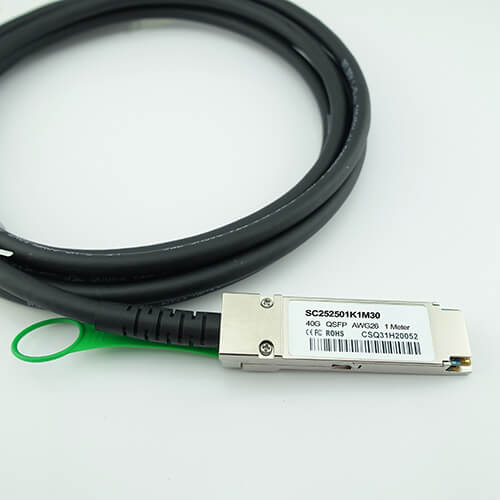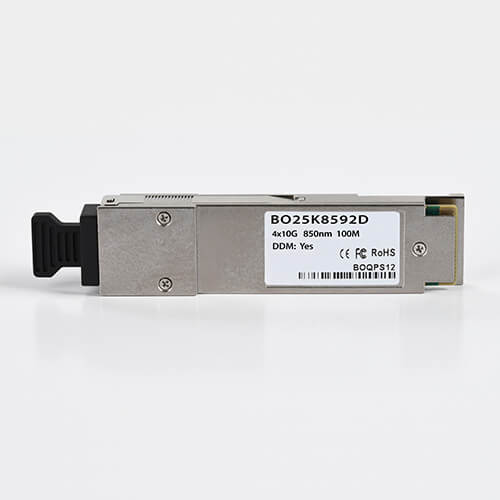As the demand for simpler and more secure network architectures grows, Datacenters must find a solution to accommodate the large number of devices and at the same time deploy a cost-effective solution. The key extension component of a data center that saves money on the long run and that would provide a stable and easier to maintain and upgrade data center networks are Direct Attach Cables. Because networks and the demand for high bandwidth components are growing, Direct Attach Cables emerged as the optimal solution to support this.
Direct Attach Cables are also known as DAC. They are a type of cables which combine a transceiver connector and a twinax copper cable in a single unified cable. At each end of these cables there is an transceiver connector. Depending on the needs of the customer, they come in various form factors. Direct Attach Cables can be active or passive. Passive direct attach cables are called passive because they don’t accommodate an active optical component. Thus they provide a simple electrical connection between two devices. On the other hand, active direct attach cables have an integrated active component which helps improve signal quality and provide longer cable distance. It’s worth mentioning that direct attach cables can only be purchased at a given length.


Even though the copper solution is slowly beginning to lose its pace with optical cables, when it comes to Direct Attach Cables this is not the case. Copper direct attach cables are still widely used in today’s Datacenters and Service Providers due to their capabilities. They can support higher data rates compared to traditional copper solutions, they are cost effective solution compared to deploying optical transceivers and they are hot swappable which makes them easy to install and upgrade.
When it comes to 40GB or 100GB Ethernet, Active Optical Cables are the way to go besides DAC solutions. The two most used cable versions are QSFP 40GBASE-SR4 (figure 1) and QSFP28 100GBASE-SR4 (figure 2). These types of cables provide many advantages that will provoke your interest in choosing them. The key advantage is the lower cost to manufacture and purchase. This is mainly because with active optical cables there is no need for extra MPO / MTP fiber patch cables. Another key advantage is the ability to operate at a highest level even in the harshest of environments. According to various four-quadrant tests which show the ability of the cable to operate under the lowest and highest voltages and temperatures, active optical cables meet all requirements.
CBO BlueLAN© offers different types of Direct Attach Cables. All CBO BlueLAN© DAC cables can be manufactured compatible for over 150 manufacturers. They provide long lifetime of up to 3.000.000 hours. All CBO BlueLAN© Direct Attach Cables are compliant to MSA standards, CE, RoHS and FCC. They come with a 5-year replacement warranty and lifelong support.
As 40GB Ethernet grew into an irreplaceable part of Datacenters, 40GB Ethernet solutions are surely finding their place on the market. With 40GB QSFP the optimal solution for high speed connection over short range was launched. With the availability of QSFP28 100G solutions, a network upgrade to 100GB Ethernet has never been simpler and will replace 40GB.

 English
English
 Deutsch
Deutsch
 Espaniol
Espaniol










